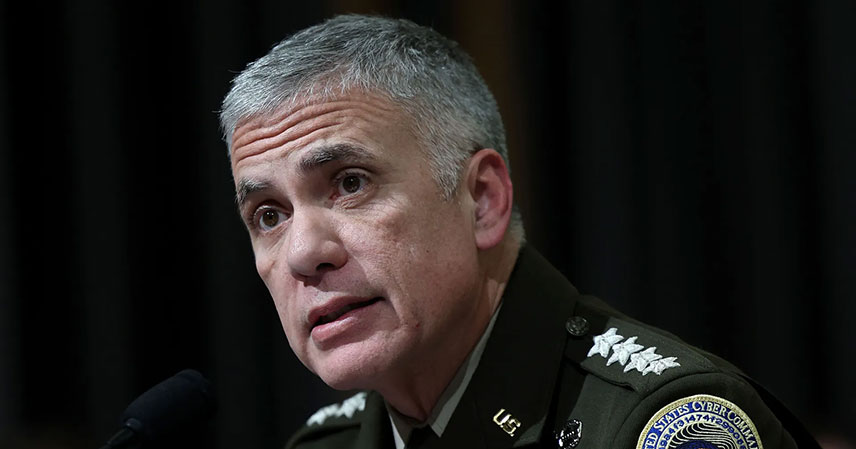The recent upheaval in US politics has sent shockwaves through the nation’s cybersecurity landscape. Radical changes in fiscal policy, foreign relations, and a wave of dismissals within the federal government have created an atmosphere of uncertainty, clearly evident at this year’s Black Hat and Defcon conferences in Las Vegas. Experts are grappling with the implications of these shifts and the future direction of American digital defense.
This uncertainty isn’t just a feeling; it’s a tangible consequence of significant political decisions. The current administration’s approach to cybersecurity personnel has raised eyebrows, with numerous officials removed from their positions, leading to concerns about institutional knowledge and expertise.
The Political Purge and its Impact 🧹
The Trump administration’s actions, including the revocation of security clearances for former officials like Chris Krebs, former director of the Cybersecurity and Infrastructure Security Agency (CISA), and the rescinding of Jen Easterly’s academic appointment at West Point, highlight a broader trend of purging individuals deemed disloyal. This has created a climate of fear and instability within the cybersecurity community, potentially hindering effective collaboration and the sharing of critical information.
This isn’t just about individual careers; it’s about the erosion of institutional knowledge and the potential weakening of national security. The abrupt removal of experienced professionals leaves gaps in expertise and leadership that can take years to fill.
A Changing Geopolitical Landscape 🌎
The discussions at Black Hat and Defcon also reflected growing concerns about the increasingly politicized nature of technology and the blurring lines between cybersecurity and geopolitical strategy. Former NSA and Cyber Command chief Paul Nakasone emphasized the need for international partnerships in the face of escalating threats from nations like China, Russia, Iran, and North Korea.
The rise of AI, particularly generative AI, adds another layer of complexity. The rapid advancement of AI technologies like DeepSeek presents both opportunities and significant security challenges, requiring a proactive and adaptable approach to national security.
The Generational Gap in Cybersecurity 🤔
General Nakasone highlighted a critical issue: the significant generational gap between the US federal government and the tech sector. His observations about being considerably older than most individuals he interacted with in the tech industry reveal a critical skills shortage and a disconnect between policymakers and the cutting-edge technology they are tasked with managing.
This disparity underscores the need for bridging the gap through mentorship programs, targeted recruitment strategies, and educational initiatives that attract and retain young talent in the field. Addressing this gap is paramount to maintaining America’s competitive edge in cybersecurity.
The Ransomware Crisis ransomware
Ransomware attacks continue to plague the United States, representing a major challenge for national security. The lack of substantial progress against these attacks highlights the need for a more comprehensive and coordinated national strategy. This requires collaboration between government agencies, private sector companies, and international partners.
The current fragmented approach to combating ransomware needs a significant overhaul. This includes improved threat intelligence sharing, enhanced cybersecurity defenses, and robust incident response capabilities.
Neutrality in a Turbulent World ⚖️
The discussions at Defcon also highlighted the difficulty of maintaining neutrality in an increasingly polarized world. The ongoing conflicts in Ukraine, Israel, and elsewhere necessitate a reassessment of traditional approaches to cybersecurity and international cooperation. The question of neutrality in the digital realm is becoming increasingly complex and challenging.
The future of cybersecurity will depend on navigating this complex landscape, fostering collaboration despite political differences, and adapting to the ever-evolving technological environment.
Key Takeaways 🔑
- Political shifts have created significant uncertainty in US cybersecurity.
- The removal of experienced officials weakens national security capabilities.
- The rise of AI presents both opportunities and significant security challenges.
- A generational gap exists between government and the tech sector.
- Ransomware remains a major threat requiring a comprehensive national strategy.
- Maintaining neutrality in a turbulent geopolitical climate is increasingly difficult.
The future of US cybersecurity is uncertain, and adapting to the changing political landscape will be a major challenge, echoing similar concerns about recent political interference in science funding. The discussions at Black Hat and Defcon serve as a stark reminder of the challenges ahead and the urgent need for decisive action.
Source: Ex-NSA Chief Paul Nakasone Has a Warning for the Tech World



